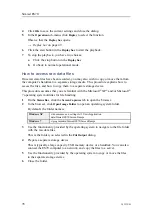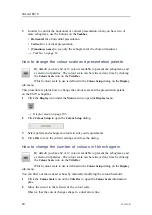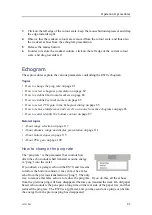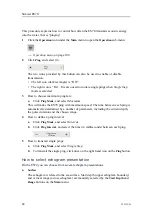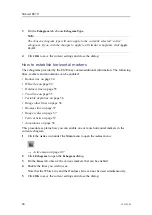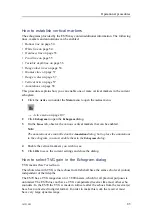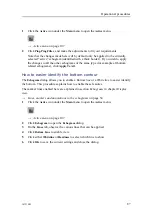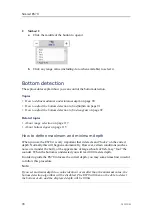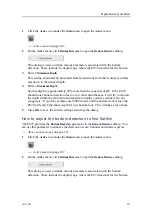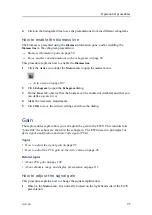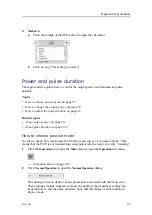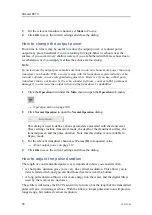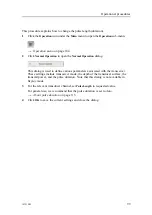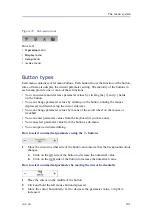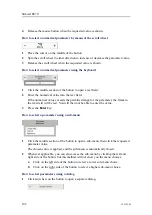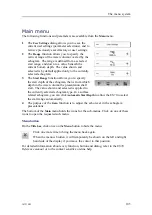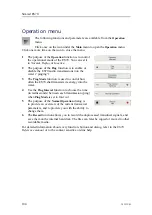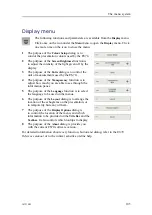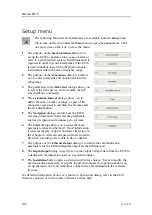
Operational procedures
1
Click the
Active
icon under the
Main
menu to open the
Active
menu.
→
on page 107
2
On the
Active
menu, click
Bottom Detector
to open the
Bottom Detector
dialog.
This dialog is used to define various parameters associated with the bottom
detection. These include the depth range, where the ES70 searches for the bottom.
3
Enter a
Minimum Depth
.
This setting eliminates all unwanted bottom detections from the transducer surface
and down to the defined depth.
4
Enter a
Maximum Depth
.
Set this depth to approximately 50% more than the expected depth. If the ES70
should loose bottom detection due to air or other disturbances, it will try to relocate
the depth within the minimum and maximum depths you have defined. Do not
exaggerate. If you for example enter 5000 meters and the bottom track is lost, the
ES70 will search the entire depth for new bottom lock. This will take a lot of time.
5
Click
OK
to save the current settings and close the dialog.
How to adjust the bottom detection to find flatfish
The ES70 provides the
Bottom Backstep
parameter in the
Bottom Detector
dialog. You
can use this parameter to enhance the detection of sole, flounder and similar species.
→
on page 115
1
Click the
Active
icon under the
Main
menu to open the
Active
menu.
→
on page 107
2
On the
Active
menu, click
Bottom Detector
to open the
Bottom Detector
dialog.
This dialog is used to define various parameters associated with the bottom
detection. These include the depth range, where the ES70 searches for the bottom.
343539/B
91
Summary of Contents for ES70 - DOWNLOAD AND INSTALLATION REV B
Page 2: ......
Page 128: ...ISBN 13 978 82 8066 118 0 2010 Kongsberg Maritime AS ...


